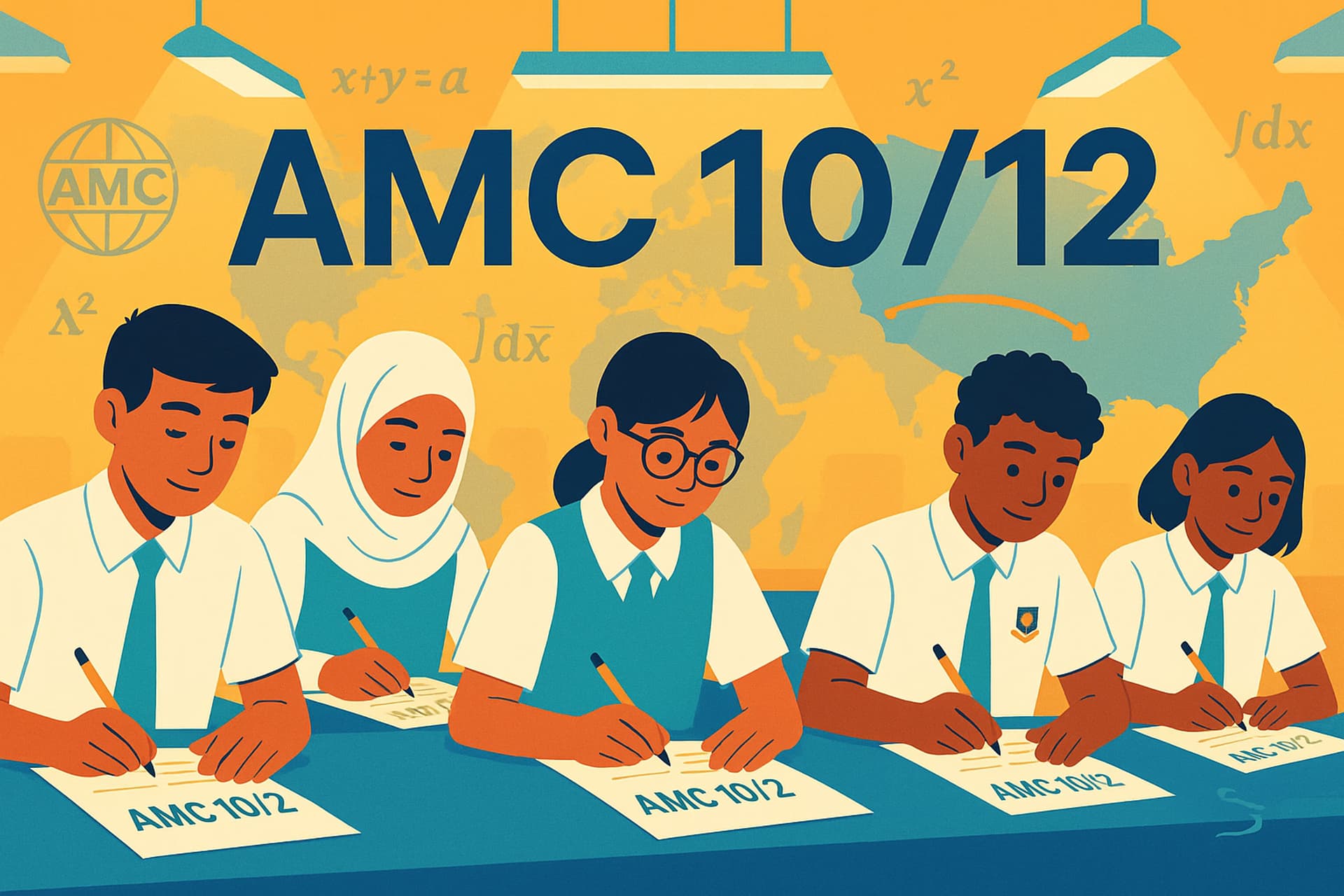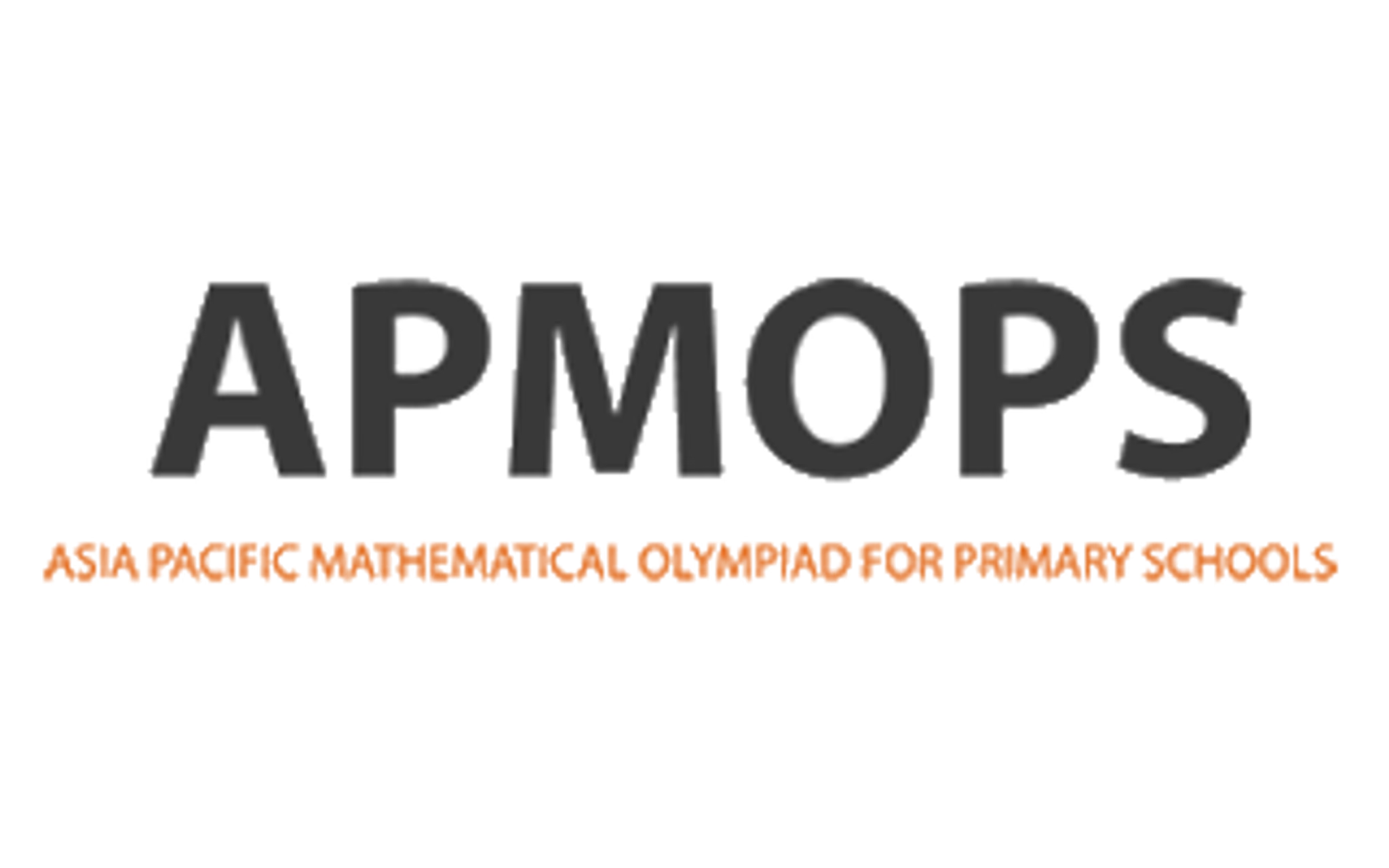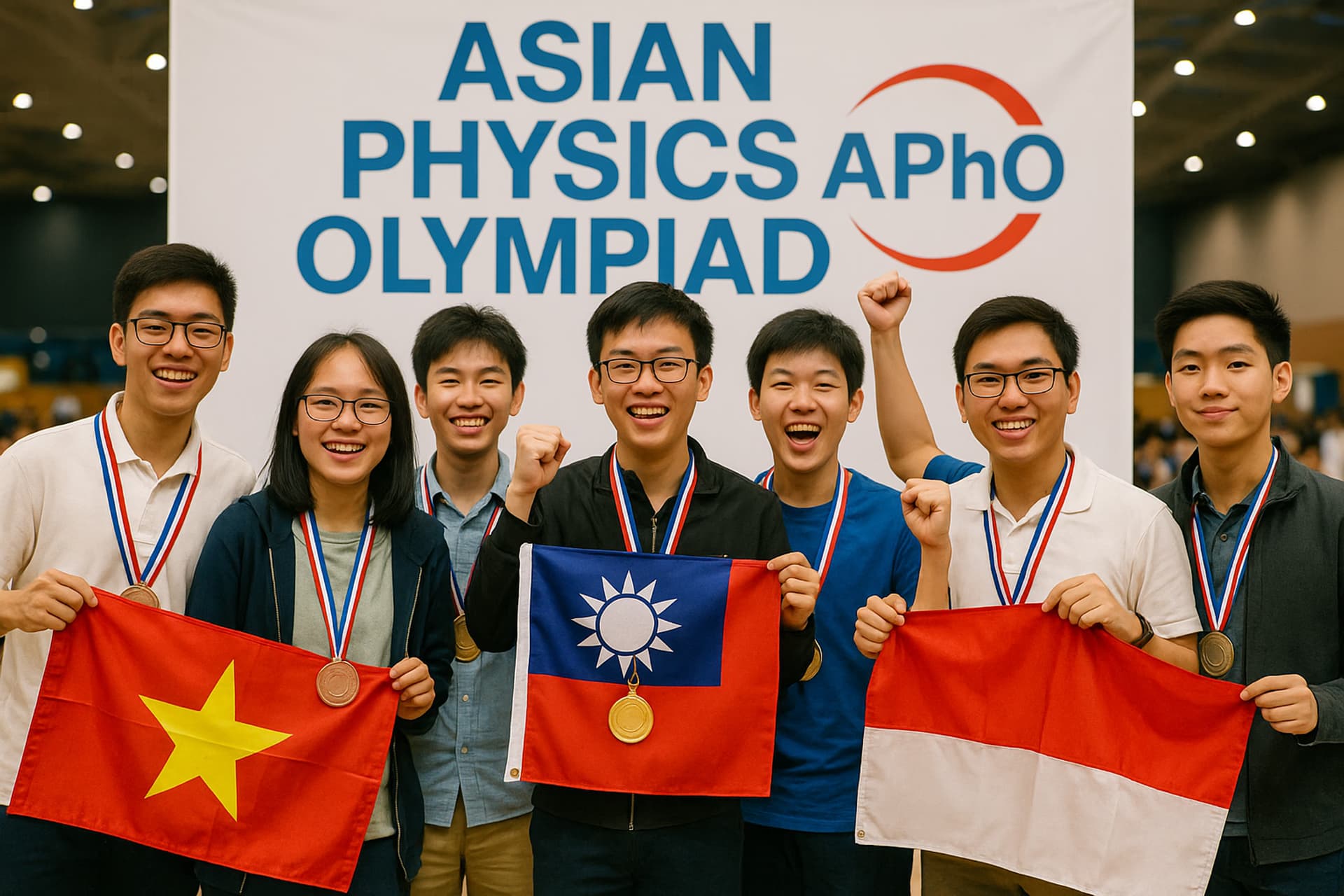International Research Olympiad (IRO): IP Math & Physics Guide
Download printable cheat-sheet (CC-BY 4.0)05 Aug 2025, 00:00 Z
Join our Telegram study groupQ: What does International Research Olympiad (IRO): IP Math & Physics Guide cover?
A: A parent-and-student primer on the IRO’s published format, eligibility, and where to confirm official details each cycle.
TL;DR
The International Research Olympiad is a research-design competition with three stages published on its official programme: an online preliminary (“Opens”), a proposal-style Semifinal, and an in-person Finals. Grade/age eligibility, fees, dates, advancement thresholds, and awards are set by the organisers each year—check the official pages for the current cycle before registering.
Pair it with our IP Physics tuition hub so your uncertainty calculations and experimental write-ups stay aligned with what IRO examiners and SEAB practical rubrics expect.
Status: IRO official site (programme, eligibility, rules) checked 2025-11-30 — structure remains Opens (online), Semifinals (proposal), Finals (in-person); eligibility/fees/timeline not yet posted for the next cycle; last published rules unchanged.
1 What exactly is IRO?
The International Research Olympiad is an international competition focused on designing and evaluating research investigations. It is cross-disciplinary by design; the organisers publish sample questions and programme notes on their site.
Mission extract — “Empower pre-university students worldwide to practise the full inquiry cycle: ask, design, analyse, communicate.” International Research Olympiad — About
2 Eligibility and format (check the official cycle)
- Eligibility: Grade/age bands and any school-type conditions are listed on the registration/eligibility page. Confirm the current cycle’s requirements before applying. Registration & eligibility
- Structure: The programme outlines three stages—Opens (online fundamentals), Semifinals (proposal-style submission), and Finals (in-person event). Exact timing, length, and advancement rules are set each year on the official programme page. Programme
- Rules: Proctoring, allowed tools, academic integrity, and award procedures sit in the rules/regulations section. Rules & regulations
3 Costs and travel
Registration fees, any fee-waiver process, and Finals travel expectations are published by the organisers. Check the current cycle’s registration and FAQ pages for the latest amounts and support options.




